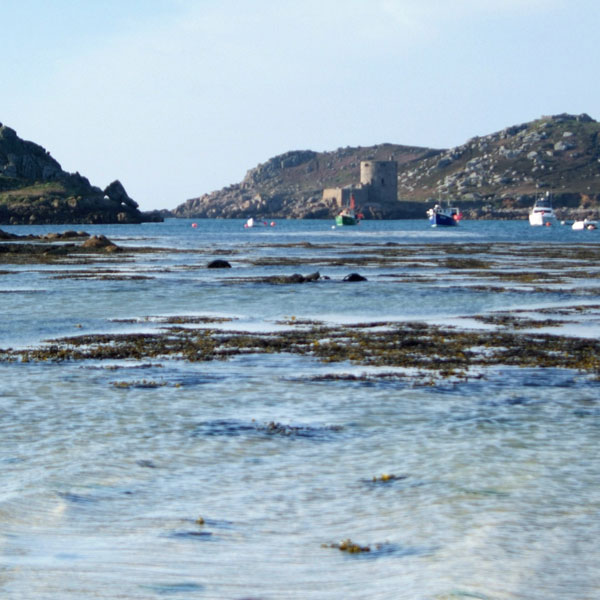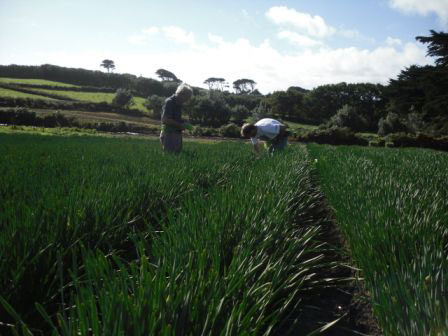A group of over 200 islands and rocks located 28 miles from Cornwall, the Isles of Scilly have been part of the Duchy of Cornwall since its beginning in the 14th century. Today the Duchy owns most of the land and nearly a third of the residential buildings on the islands.


The Isles of Scilly
Only five of the islands are inhabited (St Mary’s, Tresco, St Martin’s, St Agnes and Bryher) and tourism is the most important industry – accounting for more than 85 per cent of the local economy and employing more than 70 per cent of the islands' population.
The Isles of Scilly are particularly popular during the long summer season when approximately 100,000 visitors come to the islands. Conservation organisations work closely with the tourism industry to ensure that these visits are carefully managed to safeguard the environment and wildlife.

Picking narcissi on St Mary's
Dating back to the 1860s, flower farming remains an important part of the local economy to this day. At its peak, at the turn of the 20th century, more than 40 tonnes of flowers were being shipped from the islands to markets in London several times a week. The Isles of Scilly is still famous for producing the scented narcissi flowers, which thrive in the narrow fields and mild climate.
Frost and snow are a rare sight in Scilly, and the islands are characterised by some of the finest beaches in Britain, exposed granite headlands, white sandy coves, rugged moorland and small, square fields, which shelter the yellow narcissi from Atlantic storms.
In 1975, the Isles of Scilly were designated as an Area of Outstanding Natural Beauty (AONB), and the Duchy supports a number of conservation projects that protect and enhance the landscape. In particular, The Isles of Scilly Wildlife Trust, which manages around 60 per cent of the area of the Isles, including the uninhabited islands, plays an important role in protecting wildlife and their habitats. The Trust pays a rent to the Duchy of one daffodil per year!

Poundbury is an urban extension to the Dorset county town of Dorchester, built on the principles of architecture and urban planning as advocated by The Prince of Wales in ‘A Vision of Britain’.
Read more
Most of the 27,300 hectares that make up Dartmoor have been owned by the Duchy since its creation in 1337, and in modern times it is agriculture rather than mineral extraction that dominates the use of the land.
Read more